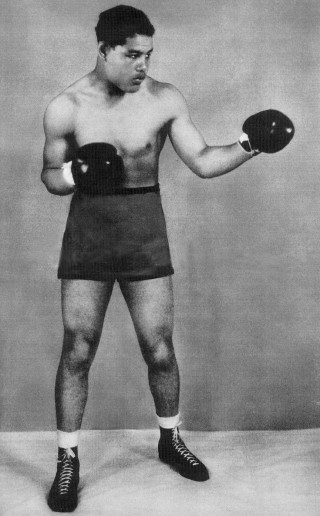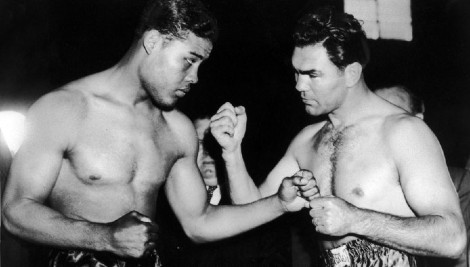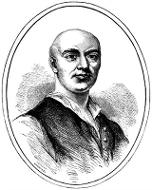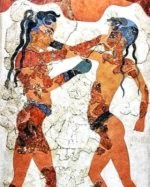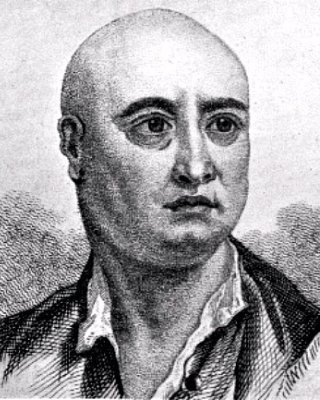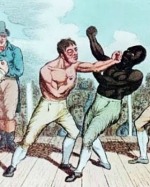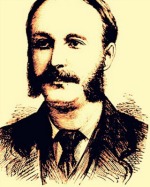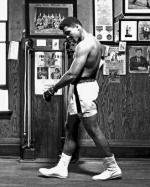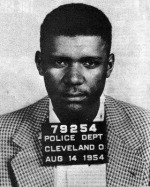Joe Louis - An American Hero
Talk the Talk
Walk the Walk
Boxing History Facts
He defended it against the best opponents the world of boxing had to offer, dispatching most of his opponents early in the fight; only three of his title defences went the full fifteen rounds.
Rise to the Top of the Boxing World
An American Hero
With his win, he became only the second Black boxer to hold the title. In the early twentieth century, the colour line was often drawn in boxing, especially in the heavyweight division. However, while the first, Jack Johnson was hated by White America, Louis would win the hearts of the whole country and be seen as a national hero. Unlike the brash, outspoken Johnson, Louis was a softly-spoken, mild-mannered man which would have made it easier for the American public, both Black and White, to take to him.
Joe Louis and the War Years
At the time, many African Americans questioned their role in the conflict suggesting they should be treated as equals at home before being asked to fight abroad. Louis was seen as the ideal symbol to keep African Americans supporting the war, so much so that he was used in recruitment and propaganda campaigns by the military to help get conscriptions from the Black community.
- When entertaining the troops, some bases wanted to admit only White servicemen to watch him, but Louis would insist on being allowed to entertain all troops.
- When he met Black soldiers, they would often complain to him about racist conditions at their base so he would use his connections in Washington to improve things for them.
- While serving, he met future baseball great Jackie Robinson and was able to use his status to help Robinson and several other Black soldiers gain admittance to Officer Candidate School.
The Fall of a Hero
The Legacy of Joe Louis
Inside the ring, Joe Louis has probably been labelled as 'the best heavyweight champion of all time' more than anyone else in the world of boxing, (with the possible exception of Muhammad Ali), including being ranked number one by the International Boxing Research Organization, and The Ring's List of the 100 Greatest Punchers of All-Time. He fought in more title fights than anybody in boxing history, with twenty-seven championship bouts and to this day holds the record for defending his title more times than anybody else, seeing off twenty-five opponents as the champion.
He gave inspiration to downtrodden and despised people. When Joe Louis fought, Blacks in ghettos across the land were indoors glued to their radios and when Louis won, as he nearly always did, they hit the streets whooping and hollering in celebration. For Joe's victory was their victory, a means of striking back at an oppressive and hateful environment. Louis was the Black Atlas on whose broad shoulders Blacks were lifted, for in those days there were few authentic Black heroes.
Further Reading:
More Boxing History
The history of boxing dates back in one form or another as far as civilisation itself with ancient Greek boxing even being a part of the early Olympic Games. Modern boxing rules have made the sport safer for the fighters and more entertaining for the crowds, resulting in pugilism becoming one of the most popular athletics events on the planet today.
Ancient boxing dates back to the Samarian culture and probably beyond and is known to have also been a part of the Egyptians and Minoan civilisations. It became an event in the ancient Olympic games in Greece in 688 BCE, and ancient Roman boxing was also practiced by athletes, gladiators and Roman soldiers.
Modern boxing history really began to develop into the sport known and loved today in the 18th century. Bare knuckled boxing contests began to be regulated and safety measures also began to be put in place. However, the period was also marred by controversy as it saw the first instances of corruption in the form of prize fighters taking payoffs and intentionally losing fights.
This list of bare-knuckle boxers from the 19th century charts those who are generally accept as being World Champions. It includes some of the best fighters from this period in boxing history starting with Jem Belcher, the first champ of the new century and concluding with Jem Mace, who made the switch from bare-knuckle boxing to using boxing gloves after the introduction of the Queensbury Rules.
With the introduction of the Queensbury Rules in 1867, boxing culture was dramatically changed. The safety of the boxers was much improved though bare-knuckle boxing was still popular and as brutal as ever. For black boxers however, things actually changed for the worse as it became increasingly difficult for many of them to reach their full potential as a result of institutional racism.
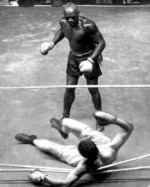
Sam Langford, aka the Boston Tar Baby, was one of the greatest boxers never to be crowned world champion. Fighting in the early half of the twentieth century, he was a victim of the colour line in boxing and was not afforded a chance at the title because of the colour of his skin despite the fact that the champion at the time, Jack Johnson, was an African American.
Muhammad Ali was a three-time heavyweight boxing champion and is widely regarded as the greatest boxer of all time, as well as one of the most influential sportsmen of the 20th century. This selection of little-known facts about ‘the Louisville Lip’ show he led an interesting and varied life, both inside and outside the ring.
Don King is an influential American boxing promoter who has staged some of the biggest fights in boxing history, increased the prize money earned by fighters and considerably raised public interest in the sport, all in his own charismatic and outspoken style. Despite this, King’s career has been constantly marred by controversy leading to him being both loved and hated in the world of boxing.
The images on this site are believed to be in the public domain, however, if any mistakes have been made and your copyright or intellectual rights have been breeched, please contact andrew@articlesonhistory.com.

